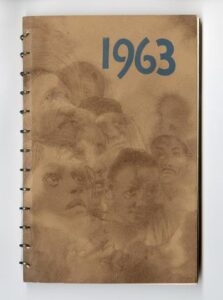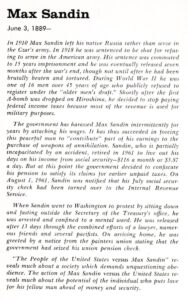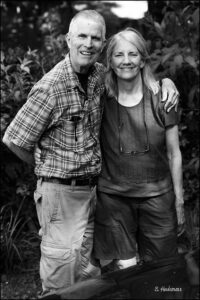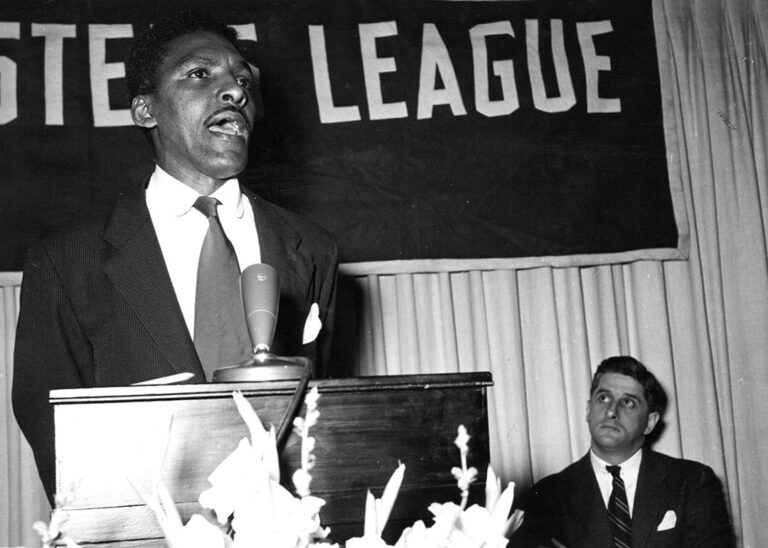A Chance Acquaintance Changes a Life
It was a few minutes before midnight on August 27, 1963, when I arrived by train from my home in Scarsdale, NY, at the 125th Street train station in New York City and walked half a dozen blocks to the Harlem office of the Congress of Racial Equality, known as “CORE,” with a ticket to board a bus bound for Washington, D.C., and the much anticipated and widely publicized March on Washington for Jobs and Freedom.
As I stepped aboard, I could see that the bus was almost totally full, with only one still-empty seat, on the aisle near the front of the bus next to a short, elderly man. When the driver, just before pulling out, briefly switched on all the overhead lights, I could see that this old man and I were the only white persons on the bus.
As soon as I sat down next to him, he turned our overhead light back on and handed me a small, spiral-bound book turned to a page in the middle, and pointed to that page saying, “Read this.”
Somewhat startled, I immediately started reading it. The little book turned out to be the 1963 desk calendar produced by the War Resisters League, an organization I’d never heard of. The particular page my seat-mate had turned to was entitled, “MAX SANDIN: June 3, 1889–” And underneath that was a four-paragraph “mini-biography” of Max Sandin…
— Excerpted from the Foreword, by Randy Kehler to the newly published I Was Sentenced to Be Shot: Autobiography of a Political Objector by Max Sandin.


A few years ago, Randy found a typed, edited version of this autobiography among his papers. He read it and immediately thought “This has to get published” — except that the manuscript ended in the middle of a sentence. With the help of WRLers Ruth Benn and Ed Hedemann, they tracked down Sandin’s papers archived at the Western Reserve Historical Society in Cleveland, Ohio, and received a bound volume with a mix of Sandin’s handwritten and typed pages — out of order and still missing whatever pages followed the cut-off sentence. Further investigation turned up supporting documents and a trove of newspaper articles from the Cleveland press, who followed Max from his World War I imprisonment and court martial through his refusal of the older men’s draft in World War II and his tangles with the IRS for his war tax resistance, which continued until the end of his life in 1971.
Sixty years after it was lost, I Was Sentenced to be Shot is finally available in print, self-published by the Max Sandin Radical Pacifist Cell. End chapters fill in the last decade of Sandin’s life, and the story of the meandering manuscript is included also.
See http://eclipsewar.net/Max_Sandin.html for more on the book and links to order your own copy and find out why Max Sandin led Randy to say:
I would definitely not have predicted at that time, nearly 60 years ago, that I would spend most of the remaining years of my life actively organizing and participating in opposition to U.S. wars and weapons-building, including nuclear weapons. These years included 22-months in prison for noncooperation with the Vietnam draft, 10 weeks imprisonment and the “theft” of my family’s home due to my wife’s and my refusal to pay federal “war taxes,” and shorter incarcerations for trying to shut down our local nuclear power plant.
… I don’t think it would be an exaggeration to say that my 24 hours with Max in August of 1963 have had a profound influence on the rest my life. How could it not?
What a gift his life has been to me…and still is.
You can read more in Ruth Benn’s blog here about the impact of individual experiences on our lives, including Randy’s connection to Daniel Ellsberg and the Pentagon Papers.


Share



